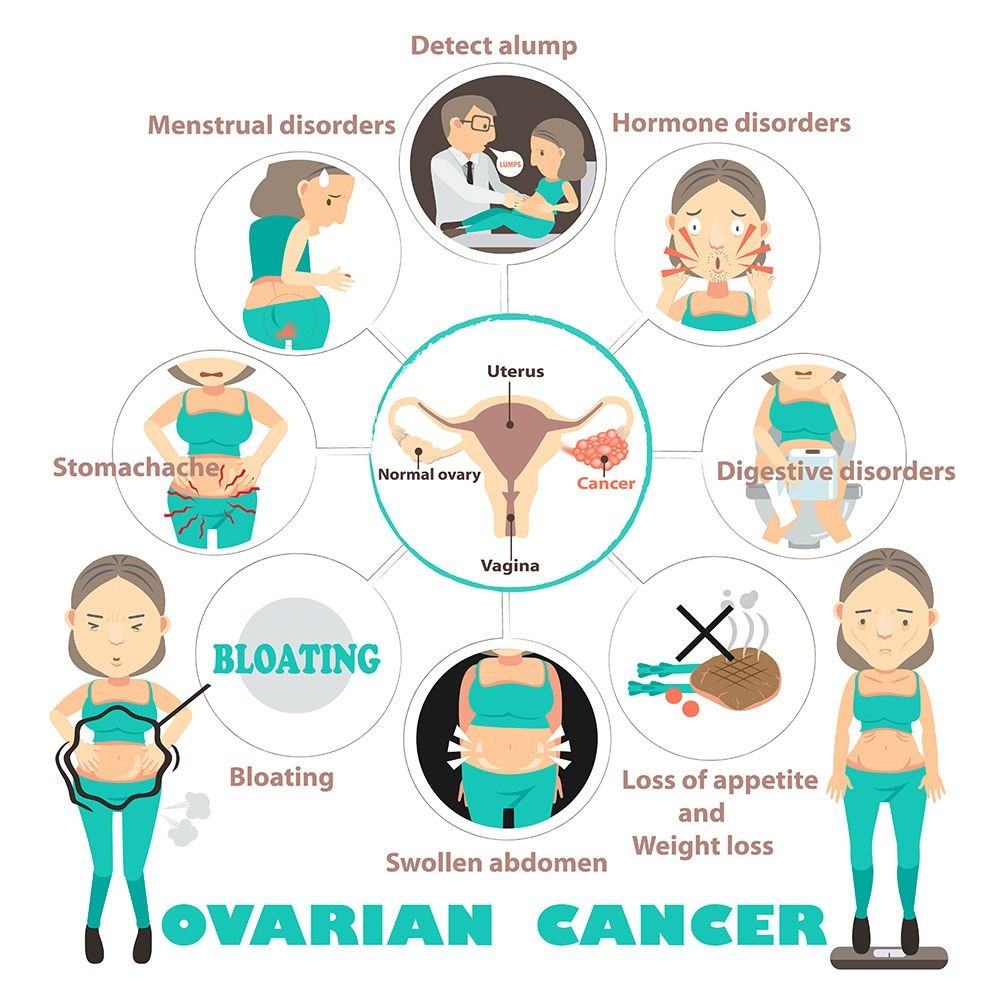
Contents
- 1 Ovarian Cancer Quiz: Test Your Medical IQ
- 1.1 The majority of ovarian cancers are diagnosed late.
- 1.2 Some early symptoms of ovarian cancer may be recognized.
- 1.3 Who is most at risk for ovarian cancer?
- 1.4 Ovarian cancer can occur at any age, even in childhood.
- 1.5 Ovarian cancer is classified into stages depending on spread.
- 1.6 Usually, the first treatment for ovarian cancer is.
- 1.7 Ovarian cancer can be prevented.
- 1.8 Out of 100 women, how many will probably develop ovarian cancer?
- 1.9 Most ovarian cysts are not cancerous.
Ovarian Cancer Quiz: Test Your Medical IQ
Ovarian cancer represents different tumors that arise from various types of tissue in the ovary. The most common type arises from the epithelial cells of the ovary’s surface. Other types develop from the egg-forming germ cells or the supporting tissue of the organ. Benign tumors and cysts are also common in the ovary.
On tissue within the ovary On the surface of the ovary In egg-forming germ cells within the ovary Any of the above
The majority of ovarian cancers are diagnosed late.
The majority of ovarian cancers are diagnosed late, after they have spread. Only about 20% of women are diagnosed early, when the disease is most curable. Early diagnosis is important because about 90% of women live 5 years or more if ovarian cancer is detected early; the 5-year survival rate for all cases is only about 40%.
Note: Regular pelvic examinations, sometimes supplemented by ultrasound examinations or blood tests, are used for ovarian cancer screening, but none specifically detect ovarian cancer.
True False
Some early symptoms of ovarian cancer may be recognized.
Traditionally, it was believed that ovarian cancer does not produce any characteristic symptoms until the tumor is widespread, and that early symptoms of ovarian cancer were not recognizable. However, research suggests that some early symptoms of ovarian cancer can be recognized. Possible early symptoms include bloating, pelvic or abdominal pain, urgent or frequent urination, and difficulty eating or feeling full quickly.
Women experiencing these problems should see a gynecologist for cancer screening if the problems are new, severe, and continuous for over 2 to 3 weeks.
True False
Who is most at risk for ovarian cancer?
Doctors do not know exactly what causes ovarian cancer, but certain factors increase a woman’s risk. Risk factors include age (women over 50 or over 60 have a higher risk), nulliparity (women who have never given birth), and obesity.
A woman who has had multiple children A woman who is underweight A woman over the age of 60 Any of the above
Ovarian cancer can occur at any age, even in childhood.
Ovarian cancer can occur at any age, even in childhood, but is most common after menopause. It accounts for about 22,000 new cases and almost 15,000 deaths annually in the U.S. Most ovarian cancers occur between the ages of 50 and 75, with peak incidence between 75 and 79.
True False
Ovarian cancer is classified into stages depending on spread.
Ovarian cancers are classified in stages 1 through 4, depending on spread.
Stage I: The cancer is confined to one or both ovaries.
Stage II: Cancer is found outside the ovary and has spread to the uterus or fallopian tubes or other areas in the pelvis.
Stage III: Cancer has spread to pelvic organs and possibly to lymph nodes.
Stage IV: Cancer has spread to abdominal organs or the fluid surrounding the lungs.
Usually, the first treatment for ovarian cancer is.
Surgery is the usual first treatment for ovarian cancer. It takes place at the time of exploratory laparotomy, with the pathologist reviewing biopsies during the operation to determine the affected structures. This prevents the need for additional surgery.
Surgery Chemotherapy Radiation Any of the above
Ovarian cancer can be prevented.
There is no definitive way to prevent ovarian cancer for women with ovaries. Steps that may reduce the risk and detect the disease early include routine pelvic exams, reporting any irregular bleeding or abdominal pain, discussing risk factors with doctors for women with close family members who have ovarian cancer, avoiding excessive talcum powder use, and eating a low-fat diet.
Although it is not known if a low-fat diet or a diet rich in vegetables actually decreases the risk of ovarian cancer, a healthy diet can decrease the risk for many chronic diseases.
True False
Out of 100 women, how many will probably develop ovarian cancer?
The average woman has a 1 or 2 in 100 chance of getting ovarian cancer in her lifetime. However, women with a strong family history or certain gene changes have a higher risk.
Most ovarian cysts are not cancerous.
Most ovarian cysts are not cancerous. They usually don’t cause symptoms and go away on their own. Women should talk to their doctors if they notice changes in their periods or have pelvic pain.
True False
Images provided by:
1. iStockPhoto
2. iStockPhoto
3. iStockPhoto
4. iStockPhoto
5. iStockPhoto
6. iStockPhoto
7. iStockPhoto
8. iStockPhoto
9. iStockPhoto
10. iStockPhoto
MedicineNet. Ovarian Cancer Symptoms, Early Warning Signs, and Risk Factors.
United States. National Cancer Institute. "Ovarian Cancer." July 17, 2006.
This tool does not provide medical advice. See additional information:
THIS TOOL DOES NOT PROVIDE MEDICAL ADVICE. It is intended for general informational purposes only and does not address individual circumstances. It is not a substitute for professional medical advice, diagnosis, or treatment and should not be relied on to make decisions about your health. Never ignore professional medical advice in seeking treatment because of something you have read on the MedicineNet Site. If you think you may have a medical emergency, immediately call your doctor or dial 911.
© 1996-2024 MedicineNet, Inc. All rights reserved.


